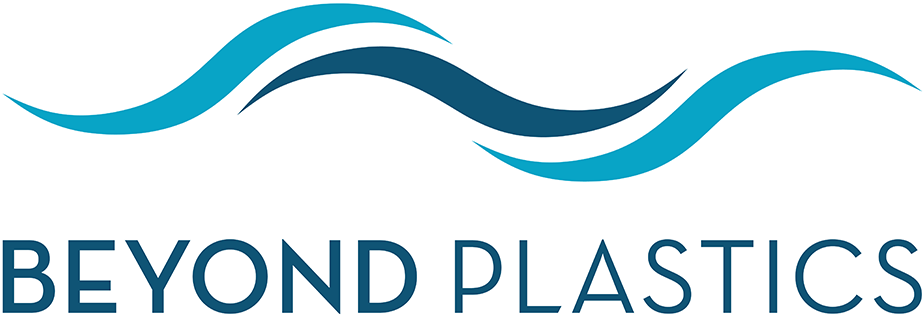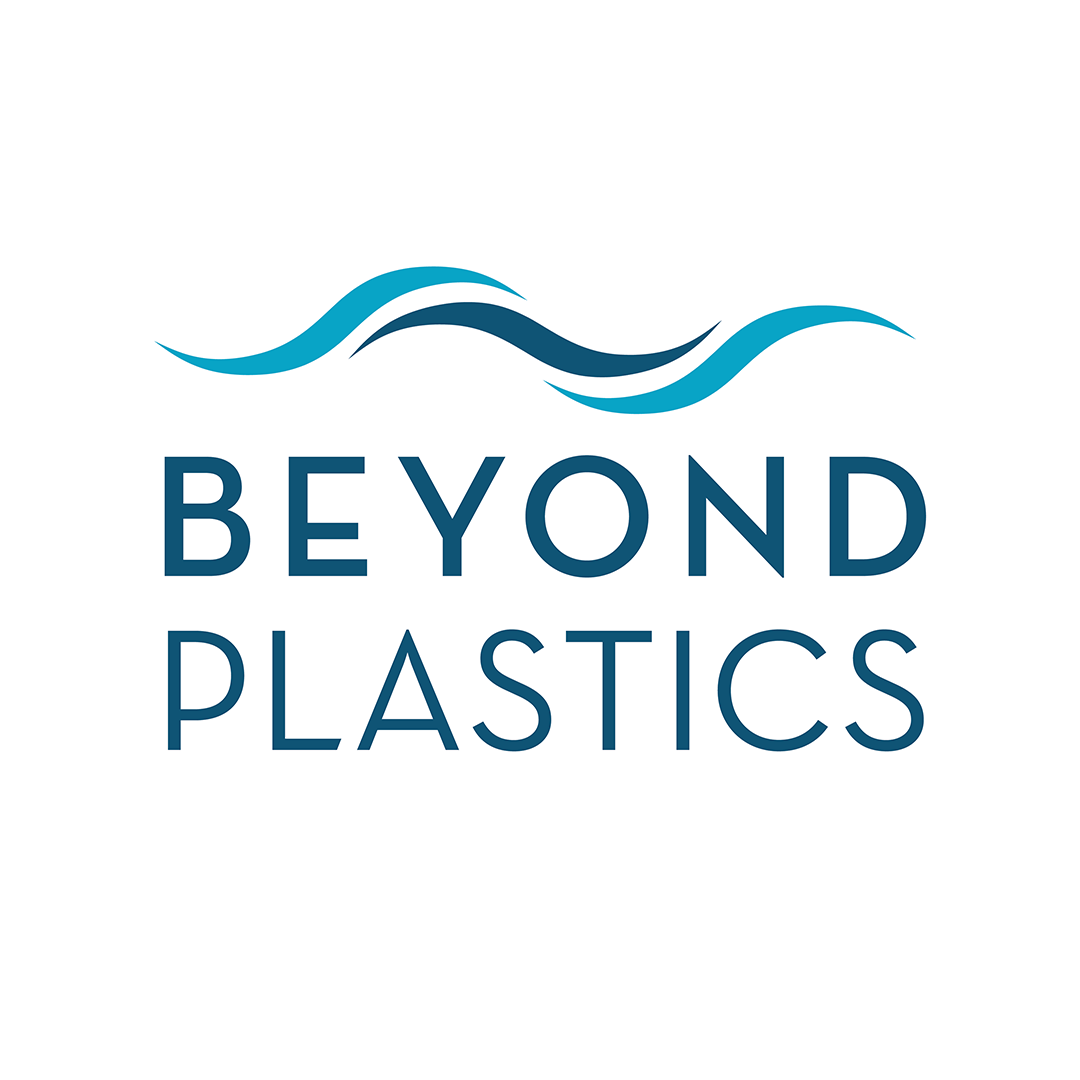Beyond Plastics Raises Concerns Over Inaccurate Packaging Cost Study
Plastics and Chemical Industries’ Campaign Against Packaging Reduction and Recycling Infrastructure Act Based on Inaccurate, Industry-Funded Information
For Immediate Release: June 11, 2025
Contact: Marissa Solomon, marissa@pythiapublic.com, (734) 330-0807
ALBANY, N.Y. — As the petrochemical industry and its allies lobby against the Packaging Reduction and Recycling Infrastructure Act (S1464 Harckham/A1749 Glick) and falsely claim the legislation would raise grocery prices, Beyond Plastics is correcting the record.
Opponents of the Glick/Harckham bill have said that the York study is not funded by industry. That may be technically true, but the organization that is the home of the study’s author is in fact funded by the same companies that are actively opposing the Glick/Harckham legislation in Albany. The study was widely referenced during the May 28 floor debate in the state Senate.
The author, who runs York University’s “Circular Innovation Hub,” is funded by the chemical, fossil fuel, and packaging industries and represents an inherent conflict of interest. The truth is that there is no credible evidence the legislation will raise grocery prices.
“Plastics and chemical companies could invest in new, safer packaging, but instead they’re throwing their resources into a deceptive campaign based on inaccurate data, all in the service of misleading lawmakers at the expense of our health and wallets. Assemblymembers represent New Yorkers, not big corporations. We urge Assemblymembers to see these distortions for what they are and pass the Packaging Reduction and Recycling Infrastructure Act,” said Judith Enck, president of Beyond Plastics and former U.S. Environmental Protection Agency regional administrator.
Beyond Plastics provided the following reasons why the York study is not credible:
AMERIPEN, a trade organization for the packaging industry, provides funding to the EPR project at York University’s “Circular Innovation Hub” where the study was written.
The American Chemistry Council — the organization leading the charge against the Packaging Reduction and Recycling Infrastructure Act — is a member of AMERIPEN.
AMERIPEN’s members also include 3M, Eastman Chemical, ExxonMobil, Nestlé, McDonald’s, and Amazon.
The Hub’s stated purpose of their EPR project is to “help jurisdictions navigate the challenges of producer responsibility policies, advocating for flexible, non-prescriptive packaging legislation.”
The fact that it self-describes as “advocating” means it is not a neutral academic center of inquiry.
It has a predetermined policy position that legislation should be “flexible” and “non-prescriptive.” In other words, its work is conducted in the service of passing legislation that calls for weak, unenforceable measures.
The New York bill is much more comprehensive than other packaging laws, but comparisons to those laws are fair because reducing packaging not only saves taxpayer money, but also has the potential of saving companies money. Less packaging is less material to buy, transport, and process. Getting toxic chemicals, such as lead and PFAS, out of consumer packaging benefits workers and consumers alike.
Beyond Plastics cited the following evidence that the York study’s claims are not accurate:
Packaging makes up a very small fraction of the cost of consumer goods — just 2% on average, according to USDA data cited in the Columbia policy brief. Companies can and do adjust how they absorb costs, often choosing options that avoid price increases, such as altering packaging design and reducing packaging bulk.
The Oregon Department of Environmental Quality funded a study that compared prices in EPR and non-EPR Canadian provinces, and found that 90% of the time, prices for identical items were within 4% of each other, and at most were 1 half cent apart.
Prices have also remained stable in Europe, which has had packaging EPR programs in operation for over 35 years.
According to a policy brief from Columbia University, EPR could result in “a maximum increase of monthly grocery bills of $4 per household.”
The status quo is expensive for taxpayers. New Yorkers spend hundreds of millions every year to collect, transport, recycle, landfill, and incinerate enormous volumes of packaging waste. Reducing waste will save taxpayers money.
This legislation passed in the state Senate on May 28 and is now pending in the state Assembly.
BACKGROUND
The Packaging Reduction and Recycling Infrastructure Act (S1464 Harckham/A1749 Glick) will transform the way our goods are packaged. It will dramatically reduce waste and ease the burden on taxpayers by making companies, not consumers, cover the cost of managing packaging. The bill will:
Reduce plastic packaging by 30% incrementally over 12 years;
By 2052, all packaging — including plastic, glass, cardboard, paper, and metal — must meet a recycling rate of 75% (with incremental benchmarks until then);
Prohibit 17 of packaging’s worst toxic chemicals and materials, including all PFAS chemicals, polyvinyl chloride (PVC), lead, and mercury;
Prohibit the harmful process known as chemical recycling to be considered real recycling;
Establish a modest fee on packaging paid by product producers, with new revenue going to local taxpayers; and
Establish a new Office of Inspector General to ensure that companies fully comply with the new law.
A new report from Beyond Plastics "Projected Economic Benefits of the New York Packaging Reduction and Recycling Infrastructure Act" shows how New Yorkers would save $1.3 billion in just one decade after the Packaging Reduction and Recycling Infrastructure Act becomes law. These savings would come from the avoided costs of waste management when there’s less waste to manage, and they don’t even include the funds that would be brought in after placing a fee on packaging paid by product producers.
Because the Packaging Reduction and Recycling Infrastructure Act would save tax dollars, over 30 localities across the state have passed resolutions urging Albany leaders to pass the bill. The New York City Council passed a resolution in support, and the Mayor’s Office released a memorandum of support in favor of the legislation. More than 300 organizations and businesses — including Beyond Plastics, Hip Hop Caucus, Hudson River Sloop Clearwater, League of Women Voters, Environmental Advocates, NYPIRG, Earthjustice, Blueland, and DeliverZero — issued a memo of support stating, “This bill would save tax dollars and position New York as a global leader in reducing plastic pollution.”
Plastics and Climate
Plastic production is warming the planet four times faster than air travel, and it’s only going to get worse with plastic production expected to double in the next 20 years. Plastic is made from fossil fuels and contains 16,000 chemicals, many of them known to be harmful to humans and even more untested for their safety. Most plastics are made out of ethane, a byproduct of fracking. In 2020, plastic’s climate impacts amounted to the equivalent of nearly 49 million cars on the road, according to a conservative estimate by Material Research L3C. And that’s not including the carbon footprint associated with disposing of plastic.
Plastics and Health
Less than 6% of plastic in the United States actually gets recycled, and only 9% of all the plastic waste ever generated, globally, has been recycled. The rest ends up burned at incinerators, buried in landfills, or polluting rivers and the ocean — an estimated 33 billion pounds of plastic enter the ocean every year.
Plastic is being measured everywhere, and microplastics are entering our soil, food, water, and air. Scientists estimate people consume, on average, hundreds of thousands of microplastics per year, and these particles have been found in human placenta, breast milk, stool, blood, lungs, and more.
Scientific research continues to find that the microplastics problem is worse than previously thought: New research in the New England Journal of Medicine shows that microplastics are linked to increased heart attacks, strokes and premature deaths. Another study from Columbia University found that bottled water can contain hundreds of thousands of plastic fragments.
Why Chemical Recycling Isn’t a Solution
Because plastics recycling is a failure, the plastics and petrochemical industries are now pushing a pseudo-solution: chemical recycling, or “advanced recycling.” This is a polluting process that uses high heat or chemicals to turn plastic waste into fossil fuels or feedstocks to produce new plastic products. It’s a dangerous distraction that’s allowing companies to exponentially increase the amount of plastic — and greenhouse gases — they put into the world. Learn more from Beyond Plastics’s report, “Chemical Recycling: A Dangerous Deception.” These New York bills do not ban chemical recycling but simply do not allow chemical recycling to count as real recycling.
About Beyond Plastics
Launched in 2019, Beyond Plastics pairs the wisdom and experience of environmental policy experts with the energy and creativity of grassroots advocates to build a vibrant and effective movement to end plastic pollution. Using deep policy and advocacy expertise, Beyond Plastics is building a well-informed, effective movement seeking to achieve the institutional, economic, and societal changes needed to save our planet and ourselves, from the negative health, climate, and environmental impacts for the production, usage, and disposal of plastics.
###

